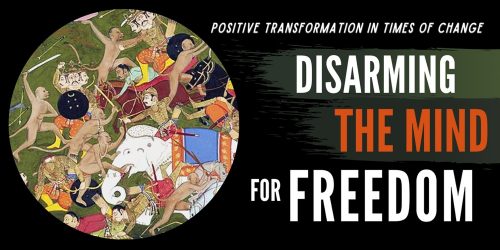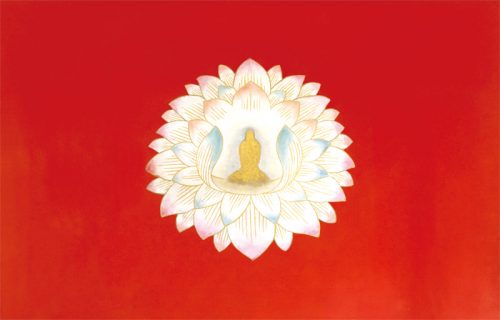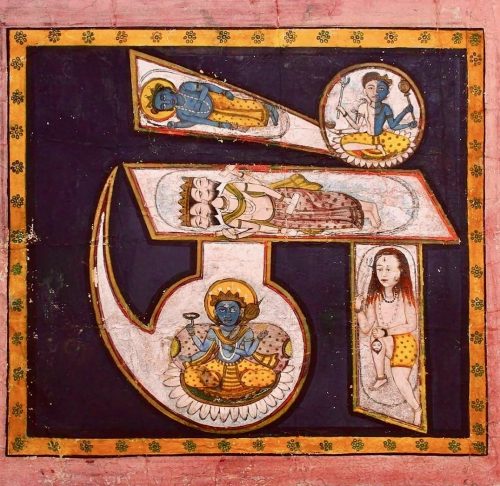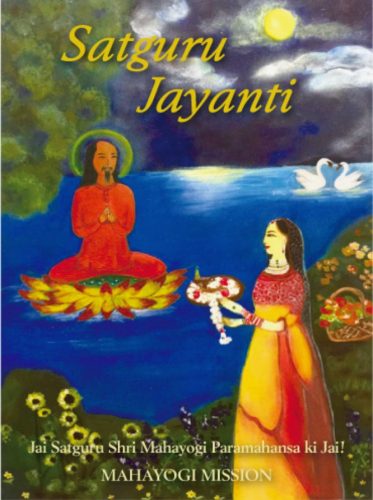Wednesday January 27, 2021 NYC
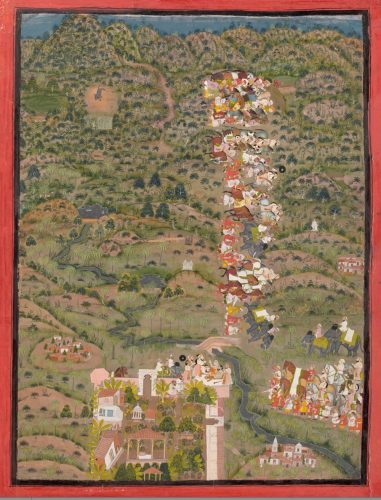
Believe in One’s Self
Q: Buddha taught his disciples in the last years of his life by saying, “Rely on your Self, rely on the Dharma”; Shri Mahayogi has taught us that the Self is Atman. Vivekananda often said, “One cannot believe in God unless one believes in oneself.” I feel this teaching conveys that if one boldly believes in oneself and sees only God, even if one has an ego, then one will eventually reach God. I feel like Vivekananda is the only holy being who said, “believe in oneself.” What would Shri Mahayogi say about this?
MASTER: Exactly what he said. That self is literally indicating Atman, one’s Self, but the issue here is what is truly indicated by self. If one has not realized Atman yet, then perhaps it vaguely indicates a self that includes the mind and the body. Nevertheless, there is no need to believe superstitions or to simply have religious faith—such as dogma, or blind faith; rather, believe in oneself, carefully discerning these religious faiths as well as other things and come to know the essence. That indicates that at the same time it is a double-edged sword, so you must also confront what your own self truly is. If you indicate “self” to be something vague including the mind as mentioned just now, then you should discern whether or not that is true, and proceed to seek further for the true Self, the essence of the self. Yet, even to do that, since proceeding means you yourself have to move forward by your own self, it is not sufficient just being tinted by influences from other sources rather than your own confirmation; therefore you must step with your own feet, use your own hands and mind, to go forth—that is how it comes down to the true meaning of making your own effort while believing in your self, relying on your self. Therefore, you must not translate the “self” in this phrase just as Atman, meaning the Truth, and then take the phrase simply and only to mean believing in Atman.
The above teaching is part of the first question and answer in this month’s Pranavadipa Volume 74, which has all the teachings of the Satsangha section gathered under the title: “Guidance from the Master and Meditation.” This month’s Satsangha is actually coming from two different Satsangha, both of which took place in Kyoto, Japan in 2014. And, this one answer from Shri Mahayogi above, contains the essence of all the questions and answers that follow throughout the content of this volume’s Satsangha.
“Rely on your Self, rely on the Dharma”—you might have read these words in a past volume of Pranavadipa, in which several practitioners asked Shri Mahayogi questions about these words. But if not, you may be familiar with the teachings of Buddha, in which case these are well-known words of Buddha himself. Let’s ask ourselves—when we read or hear these words, what do we try to learn from them, what is Buddha actually teaching us?
A practitioner, who is aiming for the realization of Satori—the realization of the true Self—and who had learned from Shri Mahayogi or from the teachings of Yoga that “the Self” is neither the mind nor the body nor the ego, but rather Atman, asked Shri Mahayogi how he should understand the essence of what these two phrases, “Rely on your Self—Atman,” and “Believe in oneself,” really mean.
In response to that practitioner, Shri Mahayogi began by saying: “That self is literally indicating Atman, one’s Self, the issue here is what is truly indicated by self.”
If we stop here and think what Shri Mahayogi is pointing out right at this moment, then we might interpret, in other words, that Shri Mahayogi is saying that we may be understanding that “self” means Atman,[1] however, that is just knowledge, so we should not feel content as if already understanding, but rather we need to go beyond our own knowledge or preconceptions and seek what it really means for ourselves—for whether it is the path of Yoga or the path of Buddha, it is an empirical path.
[1] Soul, Self or spiritual Essence in Sanskrit, however there is no equivalent word or concept in English.
Then Shri Mahayogi continued to expound on this, and as if by spiritual magic, put “Rely on your Self—Atman,” and “Believe in oneself” together, taking us further and teaching us about the importance of discernment in relation to many things, including of what we think or believe—indeed, we are to come to know the essence by using our own feet, hands and mind. And, all of this to inspire us to practice, so that we can confirm the meaning of “what your own self truly is” for ourselves.
In any field, when we aim to attain a goal, passion and training are important, or rather they are a necessity—we know that from our experience, don’t we? If so, when it comes to working towards attaining the state that is beyond the mind—Yoga, or Satori—passion and training are even more indispensable, which Shri Mahayogi always speaks about, and it is also written in the Yoga Sutra. That also means that having the yearning to seek the Truth is a prerequisite for discrimination.
“You see, you have to apply the teachings of this ‘nothing is permanent’ realistically to the things closest to you in your daily life; for it is not just mere intellectual knowledge.” – Shri Mahayogi
In Pranavadipa (Vol. 74), Shri Mahayogi specifically breaks down the way of discrimination in several concrete and practical examples, including the discrimination of Buddha’s teaching that “Nothing is Permanent” and the discrimination one can use to transcend one’s own likes and dislikes, as well as the sanskara (psychological subconscious latent impressions) from which these arise—all of which naturally results in mauna (spiritual silence). He also teaches that the pain-bearing obstacles or attachments (which obstruct one from seeing the true nature of the Self, the Truth, or God) can disappear by filling the mind with bhakti (devotion to God), an important component for those of us who might find it difficult to practice thorough discernment—and perhaps most of us need to apply bhakti, unless we are truly ardent and clear enough to practice only discernment, like Swami Vivekananda was able to do.
Now, going back to the goal, we know that when we aim to attain a goal, passion and training are important. And if the aim is the perfection of Yoga, or Satori, or the true Self, which is beyond the mind, then because this State is beyond the mind, we can see that it is of great importance to find and learn from those who are already in that State, for they are the only ones (as Awakaned Ones) who can safely guide others to that same State. Those who can do this are called Satguru, true Masters.
You might find that you may not necessarily be aiming to perfect Yoga or Satori, but even if that is so, the state of true Freedom is nothing different from the state of Yoga or Satori. And “true” means unconditional. This Freedom that does not rely on any condition might not be far off from what we are all seeking in whatever we do, because in whatever we do, the search for real Happiness or Freedom may be what is beneath all the desires of our souls. And then at some point, sooner or later, we might come to realize that unless we approach our own mind—for, although the activities of the mind may be productive if they are used for something positive—the mind’s activities can also cloud our vision. If our vision is clouded, we will not be able to find real Happiness or Freedom, because the mind follows wherever we are or go, and real Happiness or Freedom can only be found when we stop seeking for it externally, and shift to seek for it within. Awakened Beings all say that in one way or another that is where the true Self, Atman, the state of true Freedom—the Truth—can be found.
If we aim for Satori, or if we just want to be free of the cloudiness of our minds, we need to hear the Truth or hear about Atman from the ones who are in that state, and then reflect upon and meditate upon It. As the Brihadaranyaka Upanishad states:
“The Self should be realized—should be heard of, reflected upon, and meditated upon. By the realization of the Self—through hearing, reflection, and meditation—all this is known.” – Shri Mahayogi
Then next comes training:
“By going through habitual erroneous actions due to ignorance or by taking in erroneous impressions, the mind has made the attachments bigger. Spiritual discipline of practice is the task of revamping the incorrect sanskara or memories through telling the mind the correct wisdom, or teachings of the Truth.”
“What is of utmost importance is to educate the mind with the teachings of Truth.” – Shri Mahayogi
Nowadays, when we hear the word “educate,” we may automatically conjure up a variety of images and ideas, perhaps related to our schooling or our upbringing, perhaps involving ideas of reading, study with notetaking, memorization, or mastering a test of our knowledge.
But when it comes to Yoga and to the teachings of Truth, what does it mean “to educate the mind with the teachings of Truth”? Certainly, it can’t have to do with suddenly thinking that we know because we have read it, nor with simply telling ourselves that the teaching is true again and again and that now we should believe it, nor can it be about memorizing words or engaging in academic study. We must not forget that the path of Yoga, or the path of aiming to attain or to know the true Self or true Freedom is an empirical path. The practice is about approaching our own minds and purifying or clearing the clouds from it; practice must be applied in daily life because it is certainly not only about sitting for meditation—our daily lives are the practical grounds for our practice. Shri Mahayogi emphasizes that in order to educate the mind, we must try to understand and apply the teachings using the most realistic means, the everyday situations and circumstances that are nearest to us, and no matter what the teaching is that we may read or hear, we must make efforts to try to prove it using our own self.
So then how do we train our minds—how do we “educate the mind with the teachings of Truth”? In this month’s Pranavadipa (Vol. 74), there are many clues and hints in the Satsangha that we can pick up for our training, not only from what Shri Mahayogi answers to those seeking his guidance, but also from what the questions reveal about what the practitioners themselves are doing to try to educate the mind.
Besides all the clues that Shri Mahayogi gives us as he responds to those attending the Satsangha, it is also evident in many of the attendees questions that they themselves are in the process of trying to educate the mind according to the teaching of Yoga by sincerely trying to follow and practice what Shri Mahayogi is teaching so that they can come closer to understanding the true meaning through their own experiences. It’s inspiring!
One example of this is a practitioner, Yohei (who later received the spiritual name, Gopala) who is the one who asked the question at the very beginning of this blog. Actually, these two Satsangha are from July and November of 2014, and as we read his questions, we can sense how his practice progresses. You may definitively find that he takes genuine and concrete efforts to educate and train (discipline) his mind to continuously apply the teachings he has received into his actions (practice). From his attitude, we can also learn the importance of having the clarity of an aim for practice. We must keep seeing the goal or the aim—and it is because we want to attain the goal, that we educate our minds, by moving our feet, hands and minds:
Yohei (Gopala): After this year began, I’ve begun to want to stay in the consciousness of the Seer, and when I asked Shri Mahayogi how I should practice in order to attain this, Shri Mahayogi taught me to practice mauna (spiritual silence), for I have to eliminate the mutterings of the mind. As I try to work on eliminating them, I have come to think that unless I thoroughly make my own mind learn the logic behind “nothing is permanent” [from the teaching of Buddha], I will not be able to remain in the consciousness of the Seer. Would Shri Mahayogi please teach this to us again?
—July 2014
Yohei (Gopala): Lately, there is a stronger awareness that memories are not my self. For a long time, somehow my attention went toward sanskara all the time, but I saw that there is an ego-consciousness that thinks that the mind is my Self, deeper within, and I thought that as long as that ego-consciousness is not exterminated, I will never awaken to Atman. Please teach me how I should practice so that it will lead to the elimination of ego including in daily life, how I should discipline myself in practice.
MASTER: It all comes down to selfless service. To act and think for others.
—November 2014
More importantly than anything else, all of this is possible because of the existence of the Satguru. We learn, and we can also confirm through our own experience, that when we merely read or hear the scriptures, our understanding inevitably remains in the realm of the limitations that our minds already have, and that to truly open ourselves up to learn and begin to understand more deeply, stimulation from the outside, from a Satguru, is a necessity.
Shri Mahayogi teaches the unparalleled “education” of the mind that takes place in Satsangha: the hearing, thinking upon and meditating on the teachings that takes place effortlessly during Satsangha.
Indeed, in the company of the Master, this “education” is beyond what most of us can even imagine, yet if we have had that precious opportunity, surely we have sensed it in one way or another, not knowing what it is. And we can also sense this in Shri Mahayogi’s answers right here on this blog.
From beginning to end of this Satsangha, in reading, in reflecting and in trying to grasp what Shri Mahayogi is expressing and teaching, we are humbled once again to be reminded of the vastness of Shri Mahayogi’s grace and the preciousness of the opportunity we have to learn from him. Words cannot express what Shri Mahayogi generously and compassionately gives us just through his Being—we bow down in gratitude, in quietness, and offer our highest honor.
Om Tat Sat, Om!
*
The Testimony, titled “Yoga in Daily Life (Family Life)”, is a translation of a writing by Sananda, a disciple of Shri Mahayogi in Japan, and was originally contributed to Paramahamsa (Mahayogi Mission Japan’s monthly magazine for members). Yoga is not for any one type of person or any one type of lifestyle, but truly it can be practiced by anyone, anywhere and within any circumstance. The Testimony of Sananda, who himself is a family person, is an excellent example of precisely that! In this article, Sananda breaks down how Yoga can be practiced in some of life’s most mundane circumstances and situations. It is an excellent guide and resource for how Yoga can be applied by anyone, anywhere. His example shows us concretely that there’s no need to wait for anything, as “perfect conditions” can be found anywhere and everywhere—let’s follow Sananda’s example and take every opportunity to begin shaping our daily lives to Yoga right away!
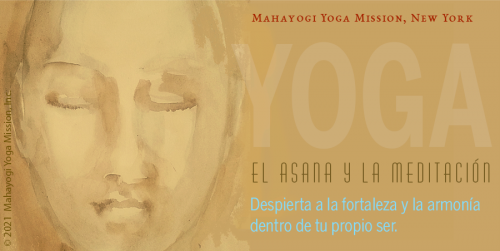

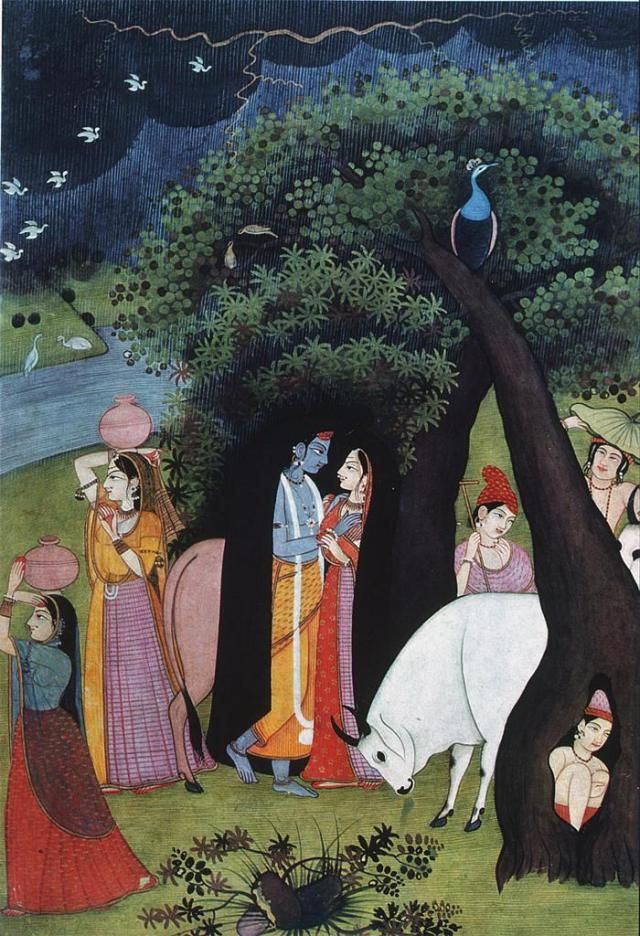 Editor’s Note:
Editor’s Note: 
